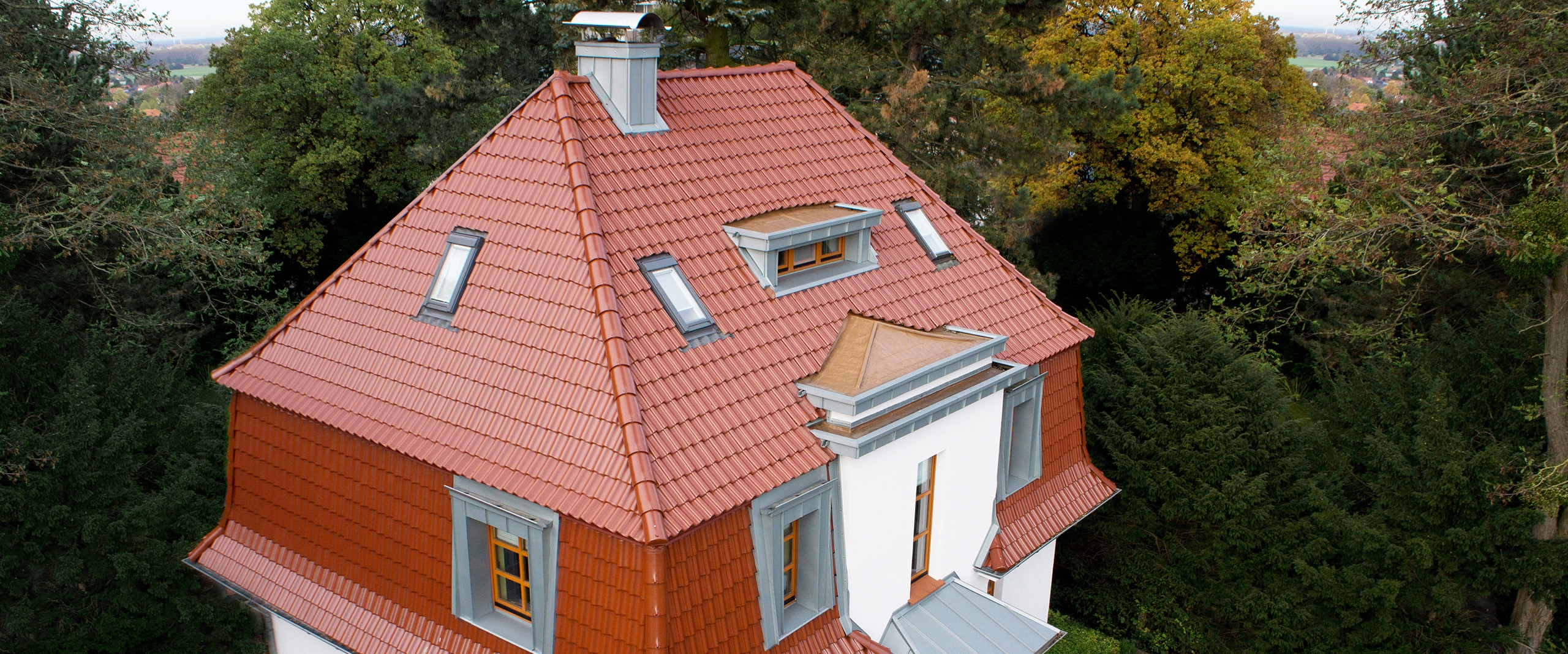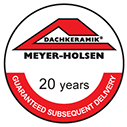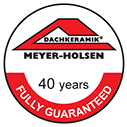Dachkeramik Meyer-Holsen: 160 years of quality
A family company such as Meyer-Holsen is always on the move: In order to be able to meet the growing demands of our satisfied customers at all times, we follow the established idea of a high-quality clay roof tile with the zeitgeist of today.
The directory of brickworks published by Eisenschmidt in 1925 lists roughly 1120 makers of roofing tiles; 3 large companies and 5 medium-sized firms remained in 2010.
We are one of these 5 - thanks to the quality of our clay roof tiles which will continue to be developed further and improved in the same way as in the past.
- 2018
Opus®
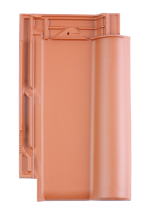
Fascinating in every aspect.
Our new flat roofing tiles combine aesthetics, elegance and advanced technology. Above all, their flexibility and stability set new standards.
- 2017
System ceramic
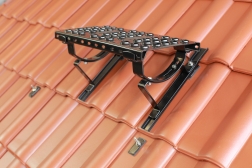
Roof tread. Snow guard. Solar carrier.
On-roof systems such as roof treads, solar carriers and snow guards demand a particularly reliable mounting, in order that whenever the roof is subject to loads (snow or wind), the tile covering remains undamaged, therefore retaining its rainproof qualities.
As the only roof tile plant in Germany, we offer a solution with our system ceramics in which the all-ceramic brick is preserved and can be used in a variety of applications. - 2015
New plant for moulded tiles taken into service
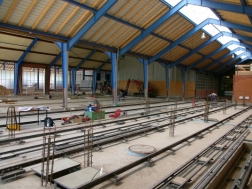
Construction of the new 6,000 m² building in our Rahden facility is complete. The new production facility reflects the state of the art and could well be revolutionary in the tile-making industry. Considerable energy savings are to be expected, thanks to the use of cutting-edge technology.
- 2014
Enlargement of the management
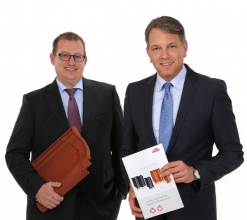
Proprietor and managing partner Rüdiger Bethke sets the course for the future and enlarges the company's management.
As technical manager, Phillip Bethke will henceforth be responsible for personnel and production at the two plants in Hüllhorst and Rahden. "We intend to continue our efforts to develop all-ceramic roofs and to remain ahead of the market in the future, too, with our technical innovations and optimized production."
As commercial manager, Jan Peter Jörn will take over the East-Westphalian family-owned company's sales and marketing, finance and controlling as well as IT and organization. "Our aim is to remain a strong partner for retailers and the trade, in close touch with the customer, to assure our joint success."
- 2010
150 year anniversary
Meyer-Holsen looks back on a company history stretching over 150 years. Constancy, reliability and directness are the particular hallmarks of success. A design-oriented model is launched to commemorate this anniversary.
- 2010
The "Piano" is rolled out
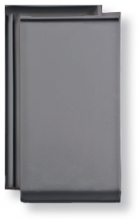
With its linear form, the Piano is ideal for modern architectural projects. Be it a single-family home in architecturally minimalist style or an urban villa in classical Bauhaus style, the Piano adds the perfect finishing touch.
- 2006
New "Tandem" model
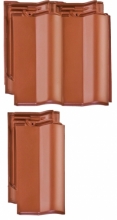
A new product innovation causes a sensation! The new Tandem model is produced at the Rahden plant, continuing the clear and successful path followed by the "Zwilling" model.
- 2002
New "Ravensberger" lightweight model
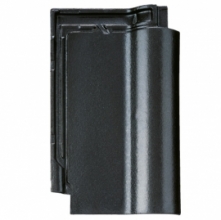
Meyer-Holsen launches a lightweight tile, the Ravensberger eco, weighing just under 30 kg per square metre.
- 1998
New "Vario Junior Zwilling" model
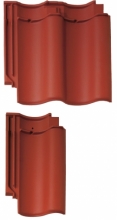
The production facilities in Rahden are converted and a new product, the Vario Junior Zwilling, is launched. The "twin" with the delicate appearance of a small tile.
- 1988
Traditional Reduction burning
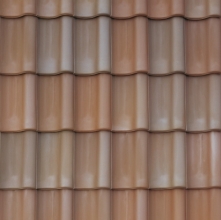
The traditional old method of reduction burning is revived.
- 1987
Horizontal firing process
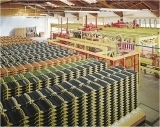
A long-cherished wish comes true - firing roof tiles horizontally. Each tile rests on a "tray" on which it is fired in the CERIC Hydro Casing tunnel kiln. The tunnel kiln cars are loaded and unloaded all-automatically.
- 1985
Modernization of the office and staff building
Modernized and redesigned in keeping with the size of the company, the office and staff building dating back to 1956 were inaugurated and taken into service again in May of this year. Fourth-generation managing director Rüdiger Bethke has brought the family-owned company right up to date again in recent years.
- 1984
Eco-friendly packaging
Roofing tiles and moulded tiles in the Vario plant are shrink-wrapped in eco-friendly sheeting in an all-automatic process.
- 1983
All-automatic U-cassette plant
An all-automatic U-cassette system replaces the supporting structure for firing roof tiles. Final inspection is still performed manually.
- 1980
New moulded tile facility
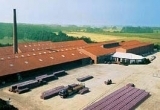
Construction and operation of a facility for moulded tiles in the Vario plant - total investment approx. DM 4 million.
- 1979
Inauguration of the Vario plant
The Vario plant - total investment approx. DM 35 million - was inaugurated and started operation in two shifts.
- 1978
Construction of the Vario plant starts
Meyer-Holsen started construction of the Vario plant in Rahden-Varl. A factory for roofing tiles reflecting the state of the art in every respect.
- 1977
Takeover of August Löhr KG
Meyer-Holsen took over the brickworks August Löhr KG in Rahden-Varl, which produced facing bricks and clinker. Roofing tiles were added to the production range in the same year.
- 1976
New "Tego" universal roof tile
The range of roofing tiles was enlarged to include a new model, the Tego universal roof tile. An additional new tunnel kiln had to be built so that production could proceed in two shifts as from mid-year.
- 1975
Glazed clay roof tiles
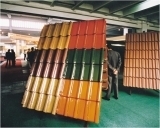
Meyer-Holsen presented a large range of glazed clay roof tiles at the trade fair "Dach+Wand" in Cologne.
- 1972
New "Vario" interlocking roof tile
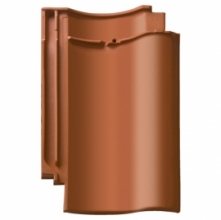
The Vario interlocking roof tile developed by Rüdiger Bethke was presented ready for production.
- 1970
The advent of electronic data processing
The administration was similarly modernized with the installation of an electronic data processing (EDP) system.
- 1967
All-automatic four-fold press for roof tiles
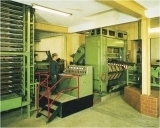
The individual turret presses used to date for producing roof tiles were replaced by the first all-automatic four-fold press for roof tiles.
- 1965
Modernization in logistics
Technology also became established in the transport sector. Instead of being loaded by hand as in the past, roofing tiles are now transferred to the construction sites on pallets using mobile cranes.
- 1962
Quarrying with machines
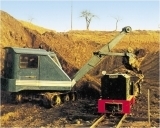
Instead of being blasted and loaded onto wagons by 7 workers, excavators, dozers and light railway tenders now handle the raw material.
- 1961
New "Garant" model
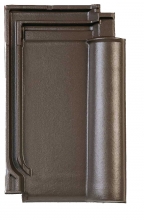
The range of roofing tiles was expanded to include a new model, our flat tile "Garant". We have delivered more than 250 million units to date. Instead of being blasted by 7 workers and loaded by hand, the material is now recovered by an excavator and transported by a light railway tender.
- 1960
Development and commissioning of the tunnel kiln for roofing tiles
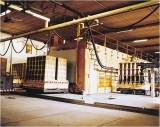
Heinrich Meyer was a pioneer in the field of firing bricks and tiles. The world's first tunnel kiln for roofing tiles was developed by Meyer-Holsen and commissioned in the same year. It was a revolutionary technological development for the tile industry. His workers' well-being was a matter of particular importance for Heinrich Meyer. He became known as a pacemaker of various social institutions. Son-in-law Rüdiger Bethke joined the company in the year of its 100th anniversary. He continued the tradition of doing everything possible to assure the workers' well-being. The company continued to develop and invest in new products and facilities.
- 1956
New office building
Meyer-Holsen built a modern office complex with comfortable social rooms.
- 1950
Production of bricks is suspended
The production of bricks was suspended. Demand for roofing tiles was so great that clay tiles had to be produced all year. Capacity subsequently totalled 6 million roofing tiles per year.
- 1946
Heinrich Meyer takes over
Seasonal production output amounted to 100,000 roofing tiles and 100,000 bricks per year. Meyer's son Heinrich took over the brickworks in this year and launched comprehensive investments. The processing plant was modernized, the open-air drier replaced by heated chamber-type driers. This necessitated the construction of a large boilerhouse.
- 1925
Circular kiln
Friedrich Meyer installed a circular kiln with larger firing capacity to supplement the existing steam kilns.
- 1900
Extension of the steam kilns
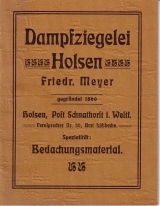
As evidenced by the licensing certificate, Friedrich Meyer began to enlarge the brickworks in 1898 by adding two steam kilns with two firing chambers each. Operation of the brickworks grew steadily. Even in those days, attention focused on quality.
- 1860
Foundation
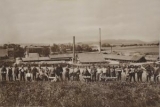
In addition to farming, which the Meyer family had engaged in for over 600 years, Heinrich Meyer set up a firm producing bricks and roofing tiles in 1860. His son Friedrich Meyer assumed responsibility for the company's operations at the tender age of 31 when he was entered in the register of companies, under the No. 6, as proprietor of the steam brickworks Friedrich Meyer of Holsen on 30 March 1900 by order of the royal local court of Lübbecke. He was the perfect brickmaker.
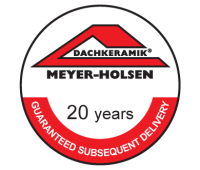 | 20 years' guaranteed subsequent deliveryApart from changes due to the raw material, subsequent delivery is guaranteed for a period of 20 years starting from the date on which your selected model was first delivered. |
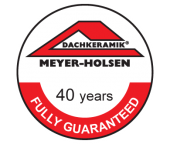 | Fully guaranteed for 40 yearsWe are the only roofing tile manufacturer in Germany to guarantee delivery of the roofing tiles and also that all costs (pay-scale wages, social burdens and auxiliary materials) incurred by the contracting firm will be assumed for a period of 40 years as from the date of delivery. |

